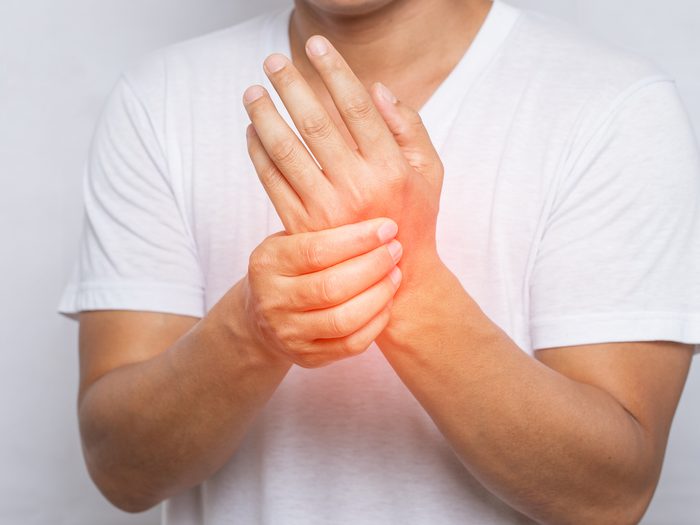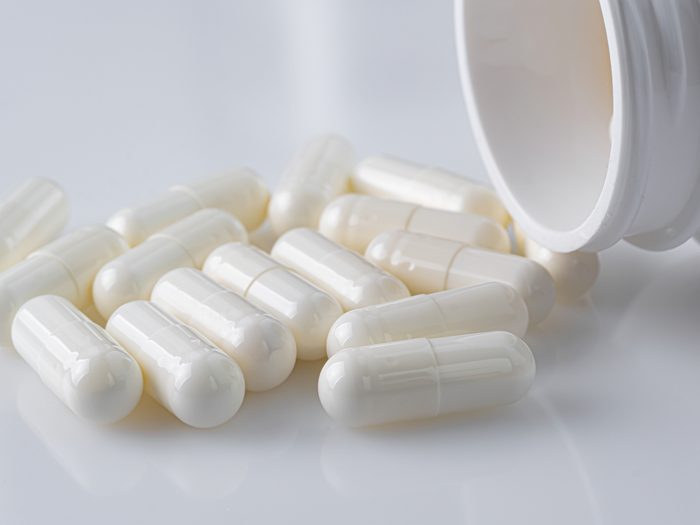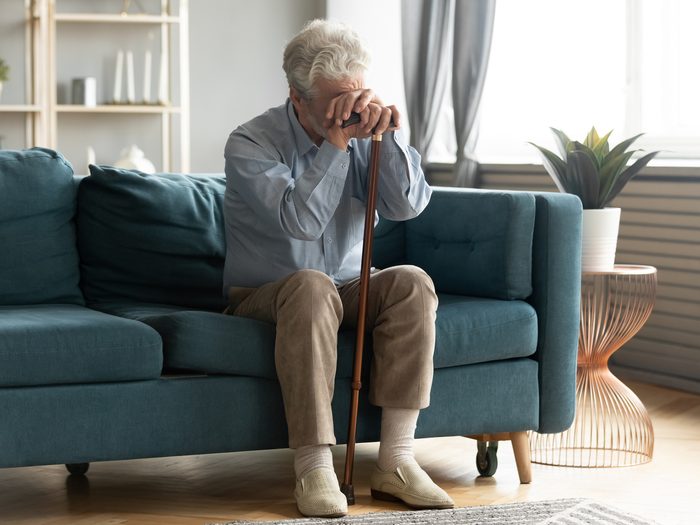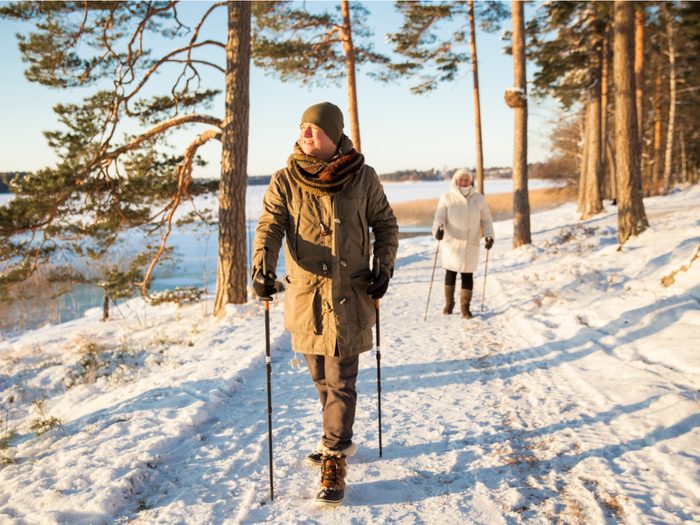
The truth about shark cartilage supplements
They’re ancient, mysterious and deadly sea creatures—and their bodies may hold the secrets to fighting off disease and disability. For decades, scientists have studied sharks’ remarkable healing capabilities and supposedly low rates of disease in the hopes that their research could help humans live longer, healthier lives.
So when it comes to arthritis—a painful and often life-limiting condition affecting one in five Canadians—could pills filled with powdered shark cartilage help relieve symptoms and slow the progression of the disease? Many over-the-counter and online supplement brands would have you believe it, offering regimes for as much as $100 a month.
Sharks—whose skeletons are made entirely of cartilage, not bone—don’t experience the same age-related stiffening and deterioration in the joints as humans. Manufacturers claim that supplements containing chondroitin sulfate and glucosamine, compounds derived from proteins in shark and cow cartilage, can promote what one brand called “plump, cushy and hydrated” cartilage in your joints. Globally, the cartilage and joint health supplement industry is projected to be worth $1.5 billion USD by 2025.

Does shark cartilage live up to its hype?
Unfortunately, according to the Canadian Arthritis Society, there just isn’t enough evidence to say these shark cartilage supplements work. “There have been numerous trials on chondroitin sulfate and glucosamine on osteoarthritis, with very mixed results,” says Dr. Tom Appleton, chief rheumatologist at St. Joseph’s Health Care London. “Even if there is an effect, it’s so small that it’s often not worth it.”
In theory, chondroitin sulfate and glucosamine work to slow down the aging process of chondrocytes, the cells that maintain and sustain healthy cartilage. Some studies showed pain improvement comparable to a prescription non-steroidal anti-inflammatory (NSAID)—without the drug’s possible side effects such as ulcers—but others found that the supplements were no better than a placebo. Ultimately, the American College of Rheumatology strongly recommends against the use of shark cartilage supplements in treating hip and knee osteoarthritis pain, citing the inconsistencies in evidence, and only conditionally recommends chondroitin sulfate and glucosamine for hand arthritis.

Could it actually be bad for you?
There’s no evidence that cartilage supplements—whether from sharks, cows, or synthetic sources—can cause harm from a medical standpoint, says Dr. Appleton, though some listed side effects can include nausea and stomach pain. Supplements are costly over time, however, and relying on over-the-counter treatments that don’t work—instead of recommendations from your doctor—can be a distraction from seeking treatments proven to work. “The fact that patients ask about supplements shows how difficult it is to find relief for their pain and suffering,” says Dr. Appleton. “Arthritis has a massive impact on Canadians’ quality of life and their ability to work.”
Make sure you never mix these supplements and drugs.

If I want to try shark cartilage supplements, is there anything I should keep in mind?
Be aware that there’s a good chance you might not get what you’re paying for—one U.S. study found almost half of the shark cartilage supplements sampled had at least one instance of noncompliance with labelling regulations, including inaccurate or misleading nutrient content. What’s more, some are marketed with bogus claims about anti-cancer properties on the false belief that sharks don’t get cancer (in fact they do, at ever-increasing rates due to pollution).
Also, with an estimated 100 million sharks killed every year in a global trade worth $1 billion—mainly for their fins, skeletons, and liver oil—the ecological impact of the demand for cartilage supplements is worth considering. The International Union for the Conservation of Nature recently declared that 37 per cent of sharks and rays are threatened with extinction, mainly due to overfishing. Shark fin importation is illegal in Canada and some U.S. states, and Canadian fishing regulations restrict or prohibit catching certain endangered species of sharks.
Check out the latest research on whether or not cherry juice can help arthritis sufferers.

If I don’t want to use shark cartilage, what should I do instead?
Dr. Appleton recommends arthritis sufferers use the most proven strategy to relieve pain and slow joint degeneration: regular exercise, which has been shown to replenish lubrication to the joints, reduce pain, and increase energy. “Any physical activity that you like to do and that is safe for your joints is beneficial,” he says. The Arthritis Society of Canada recommends low-impact exercise like walking, cycling, swimming, yoga and tai chi, along with following the recommendations in your care provider’s treatment plan.
Next, find out what can happen when you start walking 10,000 steps a day.